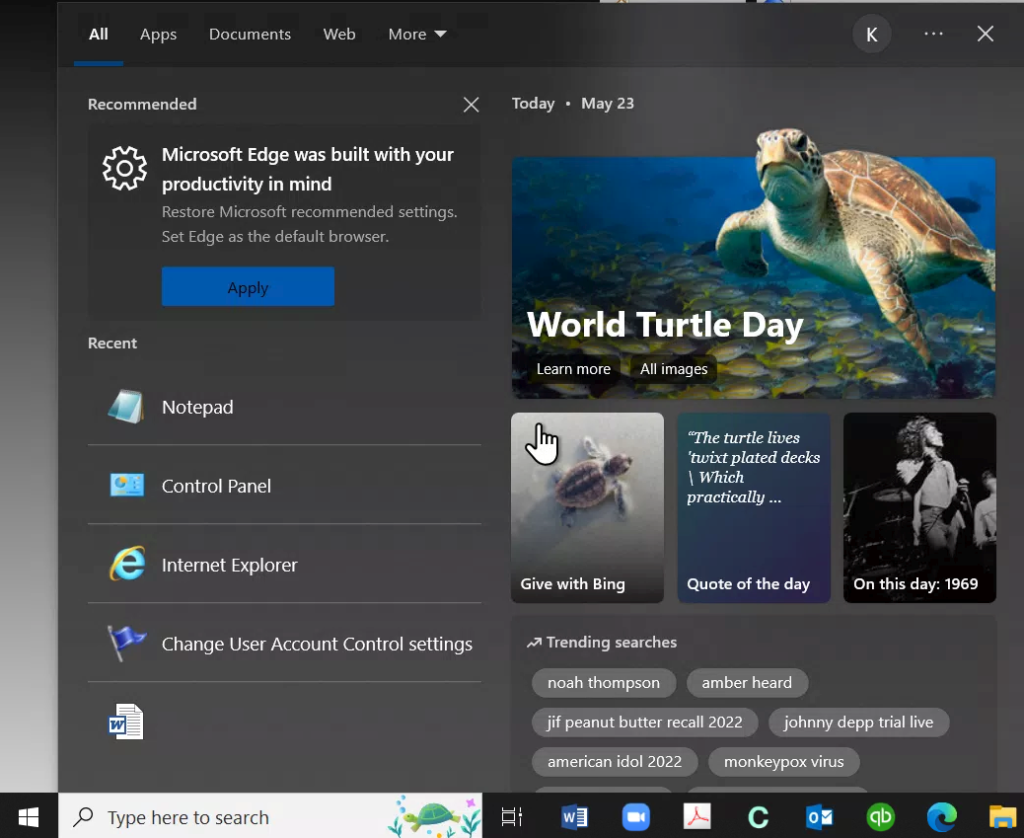
The August PC Updater News is ready for download, or subscribe for free to get it every month.
This month, it’s about what you need to know about the information being taken from your browsers any time you go out on the web, who knows about it, and who’s buying it for marketing and for phishing purposes. You leave a major trail of breadcrumbs in your wake as you surf, and they’re being mined to break any remaining privacy you might have had online.


